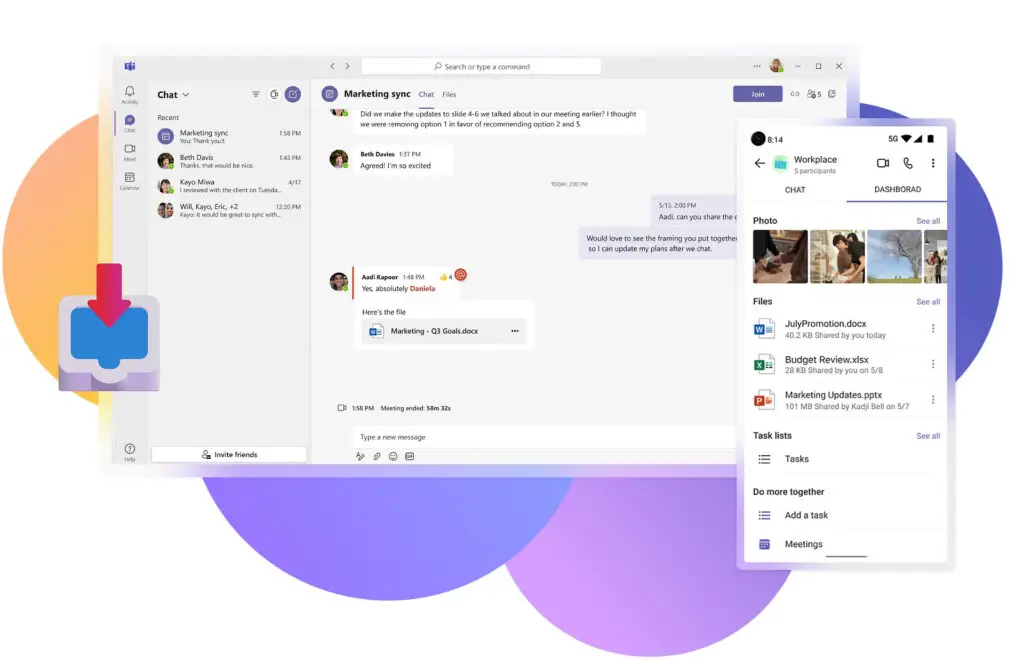In the quickly changing environment of online collaboration tools, Microsoft Teams is taking the lead by introducing a plethora of unique features aimed at improving the virtual conference experience. As Google Meet recently lifted the standard with its own set of changes, Microsoft is reacting with a strategic attempt to expedite meetings, with an emphasis on improving audio and visual quality. Let’s take a deep dive into the most recent upgrades that promise to reshape the way we conduct online meetings.
New Updates to Microsoft Teams
The excitement for individuals on the bleeding edge of technology, specifically Microsoft 365 Insiders and Teams Public Preview users, begins right now. Teams now features a redesigned, user-friendly interface for configuring audio and video settings during meetings. Say goodbye to the days of traversing menus to discover important controls; this new technique enables seamless switching between devices, altering microphone and speaker levels, and even applying real-time blur effects without disrupting the flow of your conversation.

These upgrades go beyond simply cosmetic attractiveness. Teams now includes clever technology that automatically changes microphones to emphasize the loudest speaker, resulting in crystal-clear communication even during heated group discussions. Background chatter will no longer be a barrier to productive communication. Furthermore, enhanced video resolution and frame rates promise a more fluid, bright visual experience, elevating online presentations to new heights.
While Windows users enjoy the full benefits of these enhancements, Mac users may experience a short problem when selecting audio and video devices. Fear not, Apple fans! Microsoft is dedicated to providing a fix as soon as possible so that Mac customers can resume full operation without interruption.

With both Teams and Google Meet offering a slew of new features, the battle for meeting app supremacy has reached unprecedented heights. Google Meet’s new additions of visual effects, studio lighting, and studio sound aim to provide a more immersive and professional meeting experience. Teams, on the other hand, offers a more streamlined and efficient approach by emphasizing user-friendly controls, automatic audio improvements, and increased video quality.
Overall, whether customers prefer creative video filters and virtual studio settings or want ease of use and intelligent audio management, both platforms provide attractive possibilities. Prepare to experiment, investigate, and discover which software will take your online meetings to the next level of productivity and engagement.








